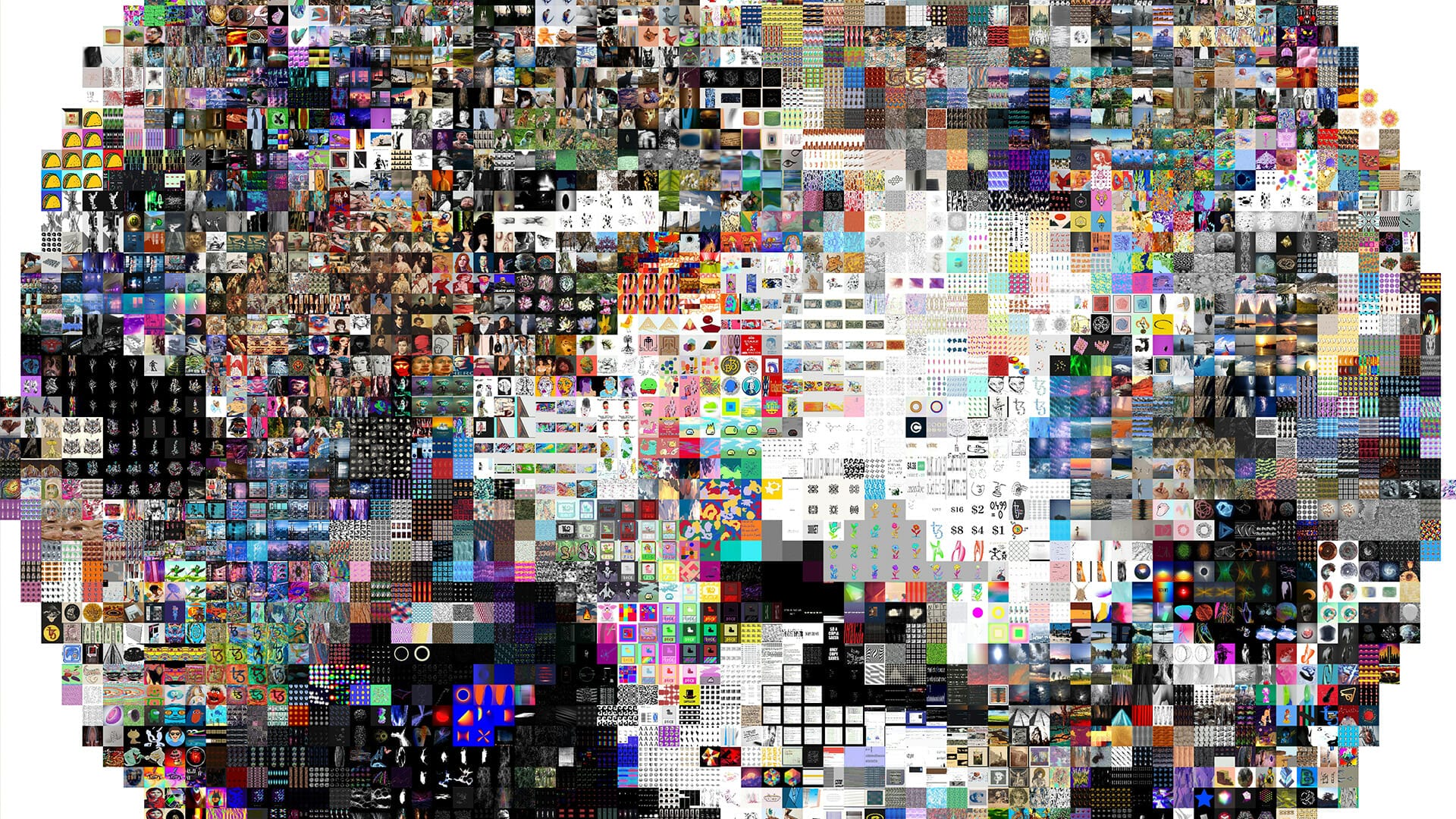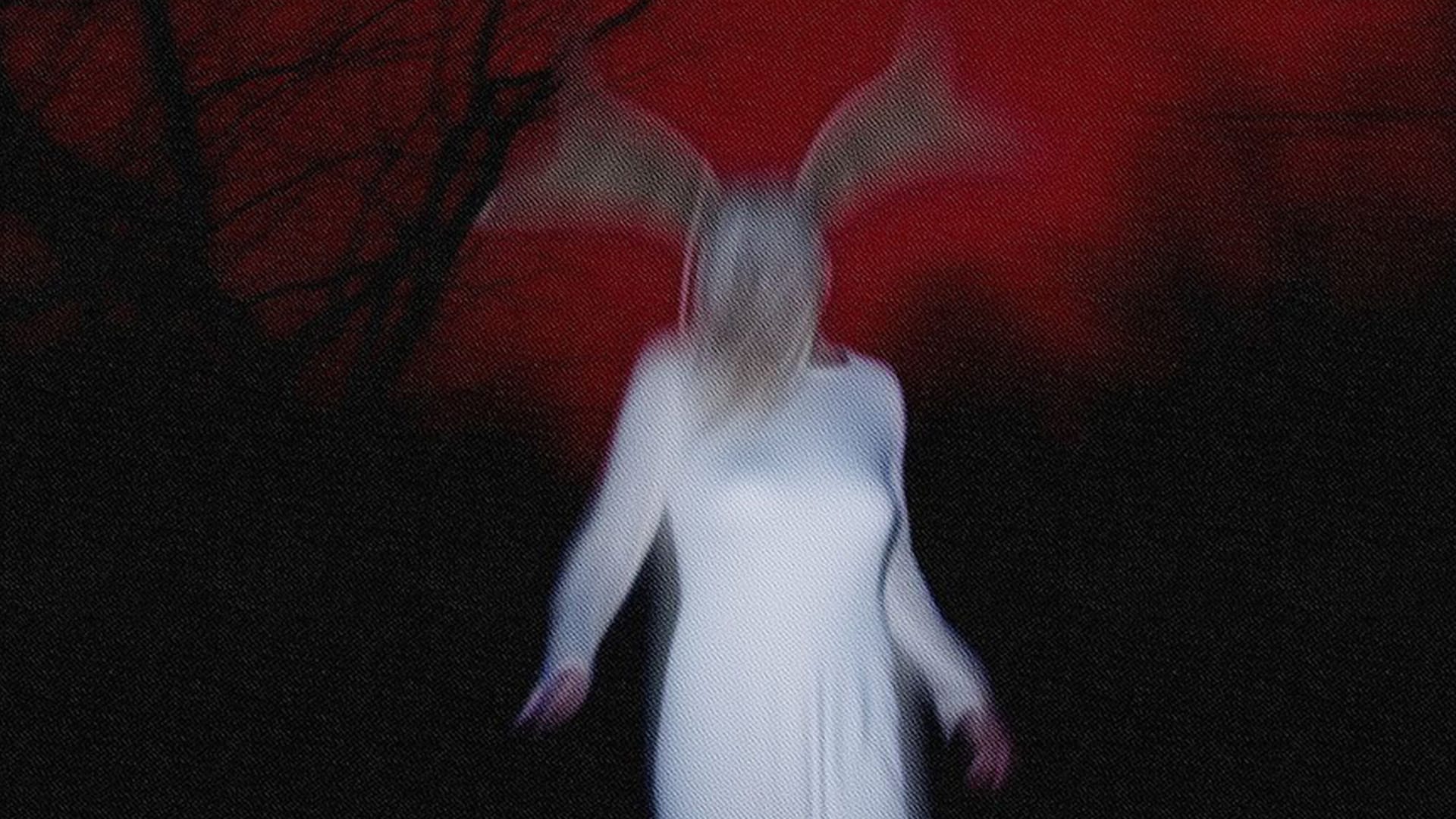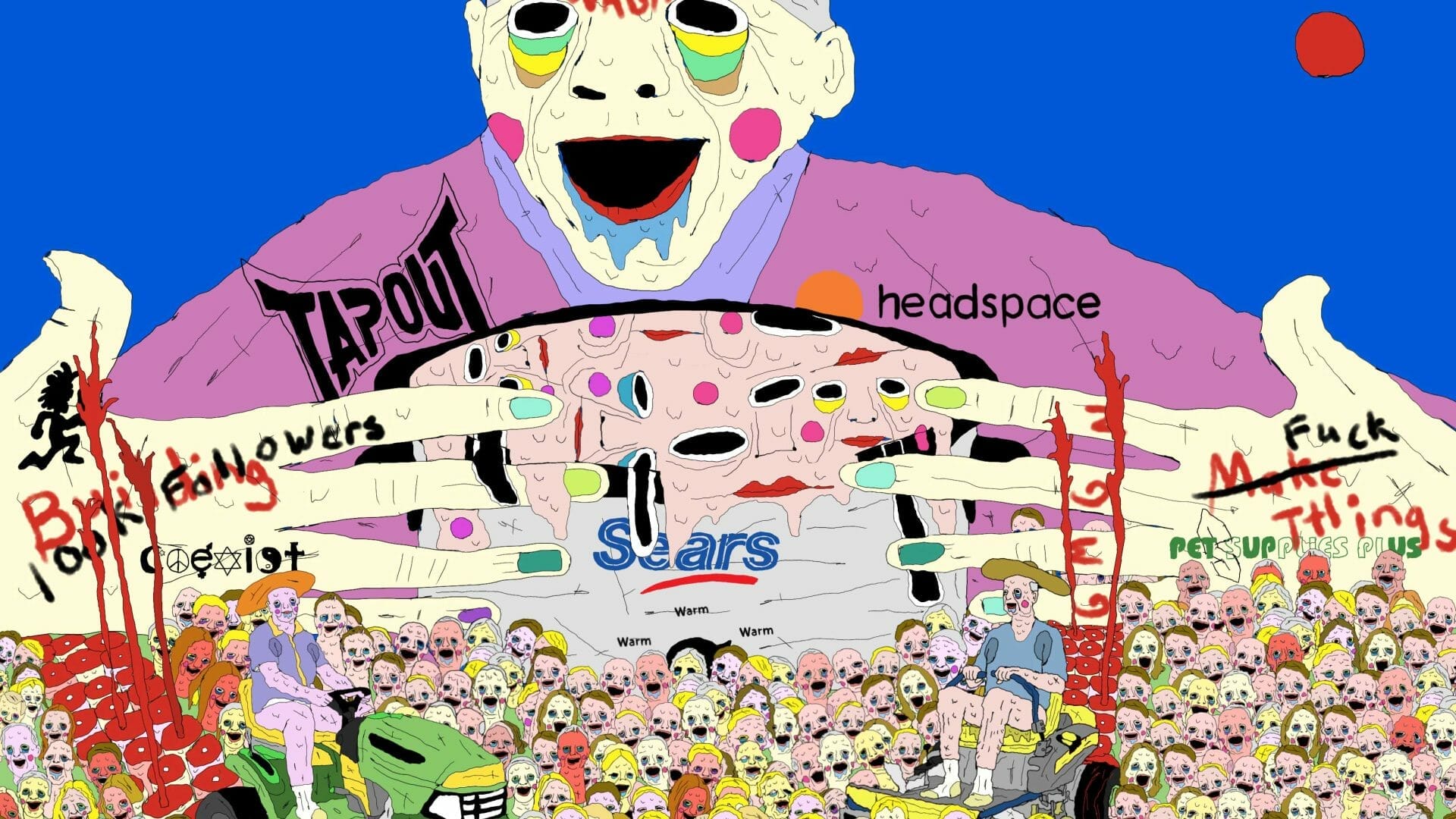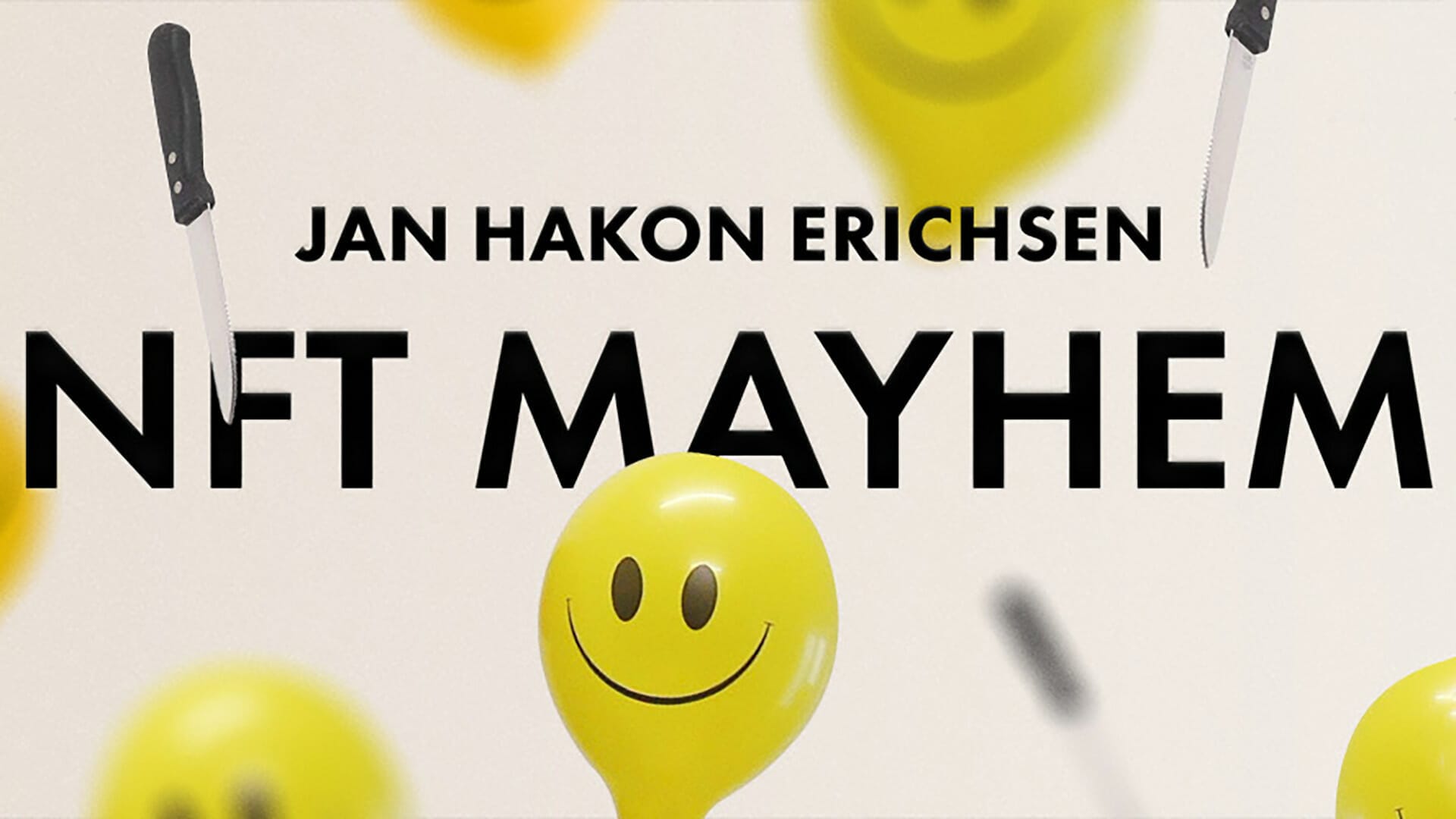
In conversation with Mario Klingemann/Quasimondo
In this episode of Fakewhale Live, host Jesse Draxler chats with Mario Klingemann, a Munich-based pioneer in the AI-art movement also known as Quasimondo.
During the first part of the conversation, Mario discusses his early influences in Russian constructivist designers as well as his experiences in graphic design and advertising, and how he eventually transitioned into generative art and motion graphics, and how technology has played a significant role in his career.
Throughout the conversation, he then discusses how image recognition and machine learning led to his work in autonomous creativity: he specifically mentions his machine learning algorithm for identifying whether an image is art.
He explains how this algorithm is a result of his interest in creating autonomous systems that can generate art by themselves.
During the last part of the conversation, Mario talks about how art is a system with many complex rules that are hidden and how one has to say they’re an artist in order to become one.
He concludes by stating that repetition and meeting less tasks bore him, and that this is why he tries to be as efficient as possible.
Jesse Draxler
Jesse Draxler is an LA-based artist working in mixed media and digital formats to create deconstructed, distorted images.
You may also like
FW Radar: 11 Digital Artists to Keep an Eye On
Introducing FW Radar, a new segment by Fakewhale that spotlights digital artists everyone should kee
freezer burned sadness
He forgot everything that brought him joy before forgetting how to breathe. I guess he would have pr
NFT Mayhem by Jan Hakon Erichsen on NiftyGateway
Fakewhale CROSS presents NFT Mayhem by Jan Hakon Erichsen: A Nifty Gateway Release On October 21st 2




